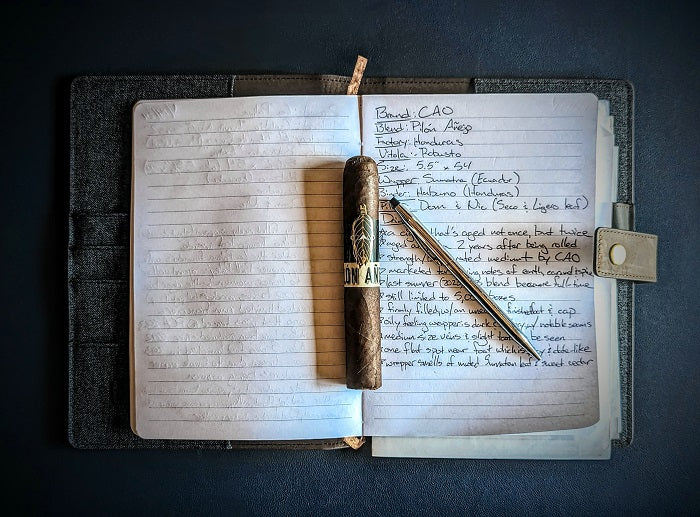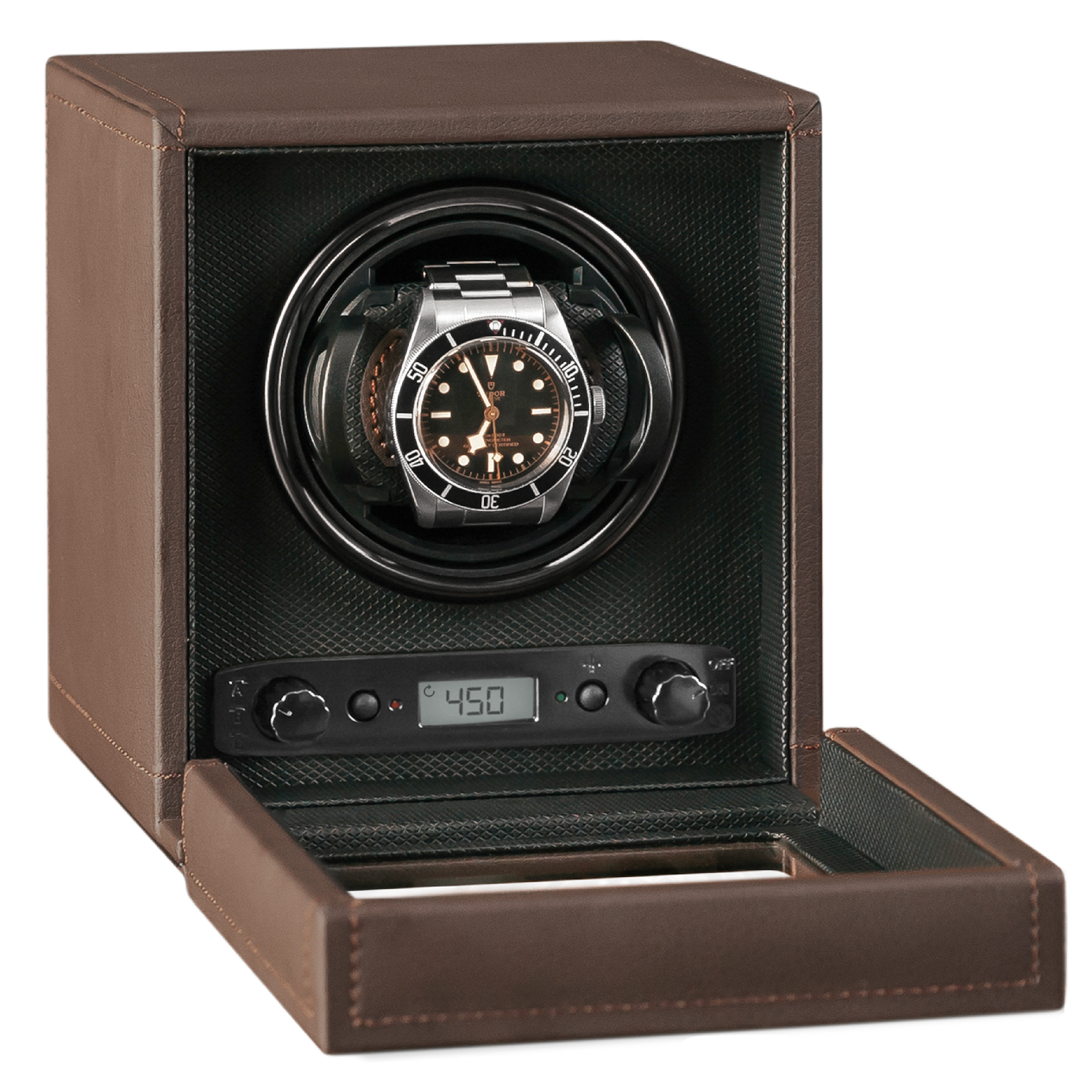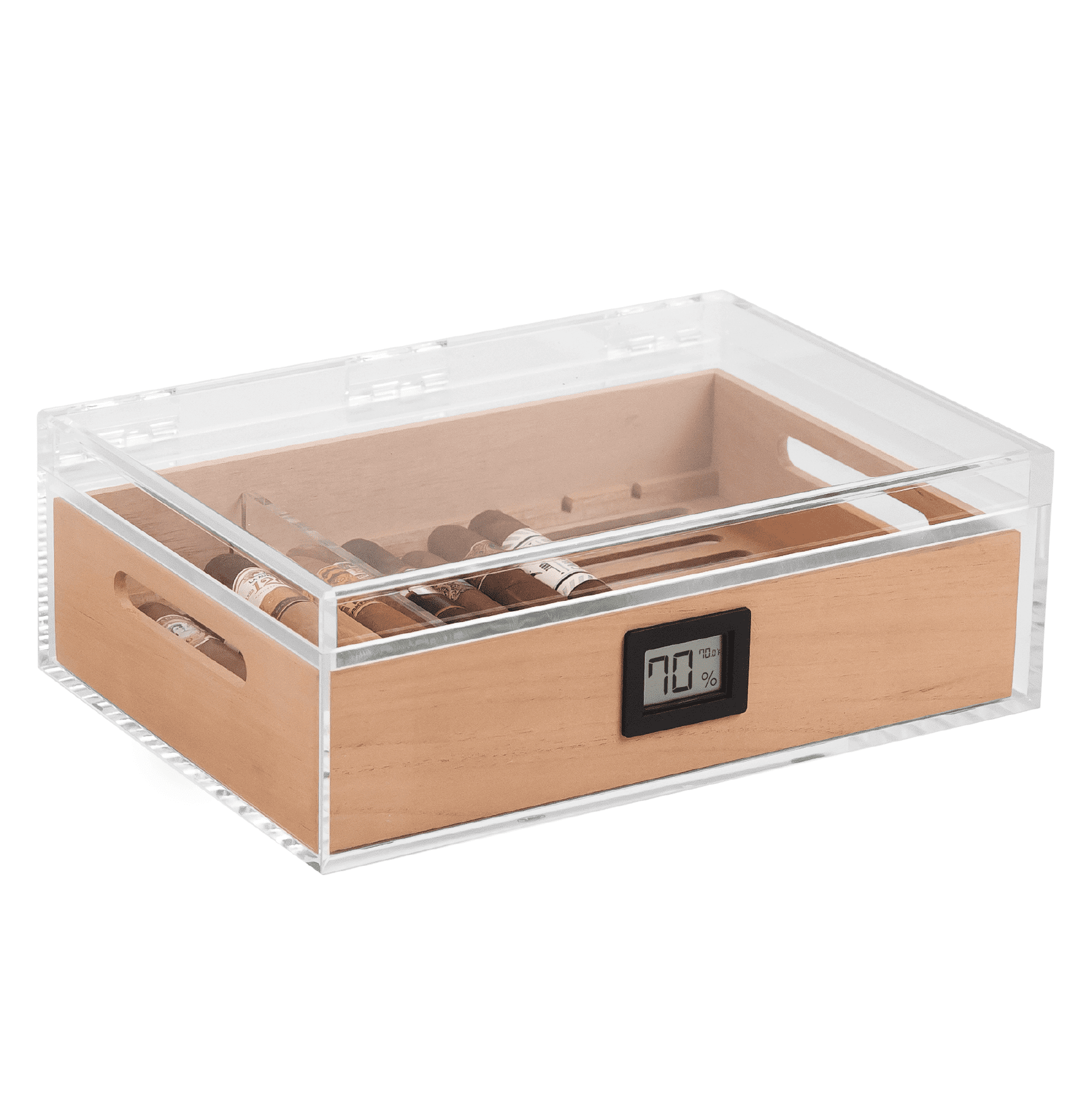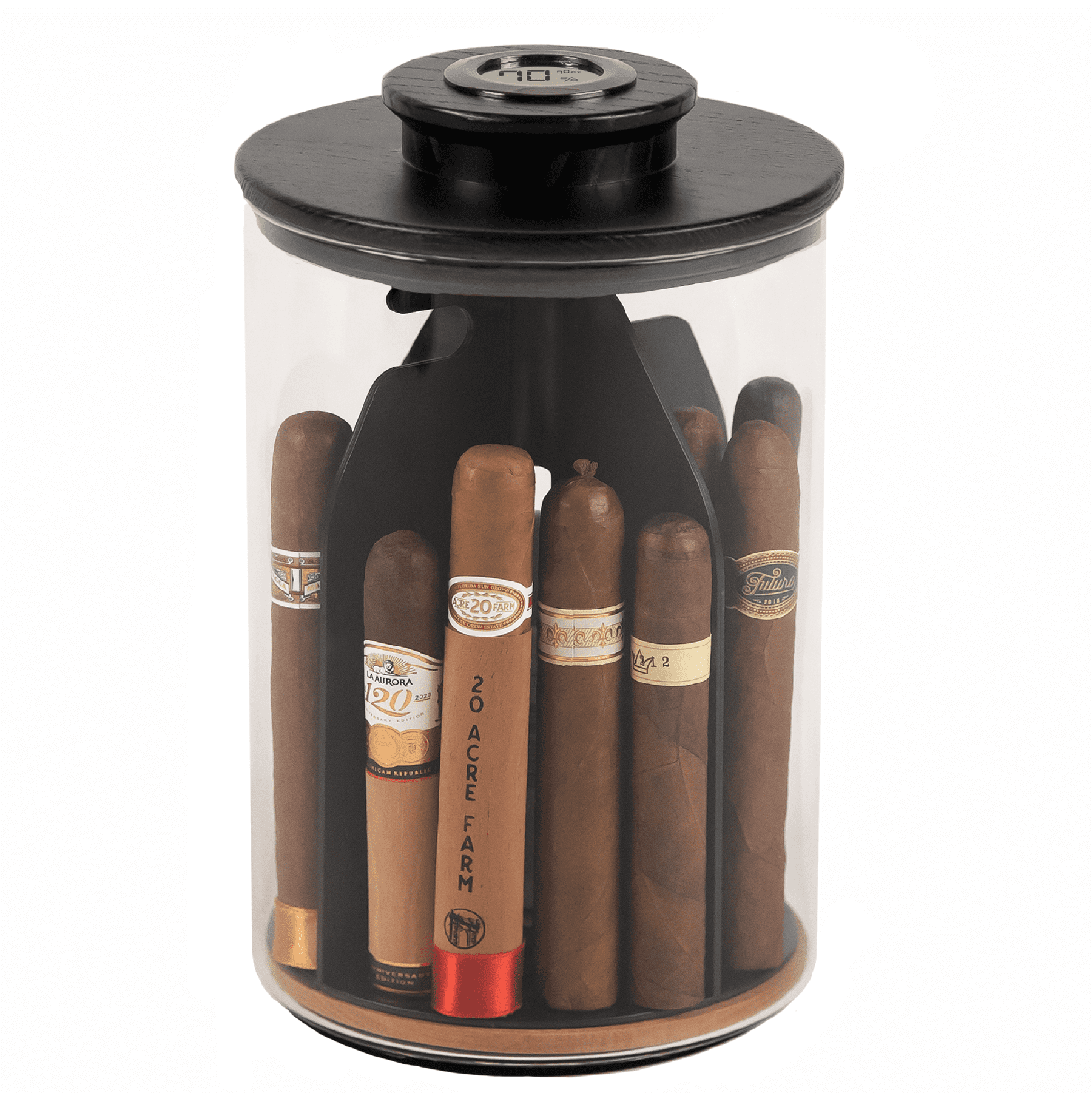Mold loves moisture. It’s why you may see it in places like attics or basements, growing along the damp walls or along beams where humidity gets trapped and can’t breathe. Because of that, unfortunately, you may find mold in a cigar humidor as well.
Cigars need a certain level of humidity to stay in good smoking shape. If their environment gets too dry, the cigars dry out too. The tobacco oils that give the cigar such a rich flavor and unique taste dry up and evaporate. And when they do, they tend to be gone forever. On the other hand, if a cigar gets too moist and isn’t able to breathe, mold grows and turns the cigar into a mushy, foul-tasting lump that no one has interest in.
You hope to never experience mold in your cigar humidor, but if you’re here, it’s likely you’ve found some growing under the lid. No need to fear, though. Mold in a cigar humidor can be treated and your humidor can be saved. Though unfortunately the same can’t be said for any moldy cigars that have met their end.
Why Is a Humidor a Good Environment for Mold
Like mentioned above, mold loves moist, humid environments. Given that a humidor is built to maintain certain levels of moisture to store cigars, humidity constantly exists inside of it. What’s worse: mold grows very easily on wood, and the interior lining of a humidor is made from Spanish cedar.
It’s important to maintain the level of humidity and—if possible—the temperature of a humidor. Ideally, your humidor should hold steady between 67 and 72 percent humidity.
Normally, a full humidor will “breathe,” meaning the wood lining will absorb moisture and then exhale it, while the cigars do the same. This is how relative humidity is maintained. But sometimes humidification systems can cause levels to get too high.
When your humidor’s humidity rises above 75 percent, it makes it much more likely that mold will thrive inside. Similarly, if a humidor is stored in an environment where the temperature is regularly above 77 degrees, mold is likely.
When you combine moisture with high temperatures in an environment that doesn’t offer much air circulation, you’re probably going to get mold. More often than not, the cigars inside the humidor will suffer much faster than the humidor itself, and it will be obvious: soggy stogies with growth that’s clearly not part of the tobacco.
Sometimes, it stops at the cigars. But left unchecked, mold can take over the entirety of a humidor. Thankfully, though, there are ways to treat it.
How to Identify Mold in a Cigar Humidor
If you open your cigar humidor to find mold, don’t fret too much. It’s certainly not ideal, but there are steps you can take to save it. Under most circumstances, it’s not ruined—it’ll just require a little work.
The first step is actually identifying that you have mold—which shouldn’t be too much of an issue. Do you see growth on your cigars? If so, what color is it? It’s likely either white, blue, or green.
If you see white growth on your cigars, it’s not mold. It’s called plume (or “bloom”). And quite the opposite of mold, plume is an indicator that your cigars have been properly stored and maintained at an ideal humidity. It doesn’t do anything to the taste of your cigar, but it does indicate that it’s good and ready for a smoke. Just wipe it off and have at it. If it is indeed plume, it will wipe right away.
However, if you try to wipe the plume away and it leaves a stain on the cigar’s wrapper—or the discoloration you see is blue or green—then you’ve likely got a mold situation on your hands, and that leads us to what to do next.
How to Treat Mold in a Cigar Humidor
So you’ve got a mold issue. First things first: get your cigars out of the humidor and categorize them. If your cigars are particularly moldy, they’re unfortunately not salvageable and should be thrown out. If you only see a few small spots of mold, you might be able to save them. And obviously, any cigars with no signs of mold should be kept completely separate.
Place your cigars showing no signs of mold into a hard plastic storage container (like a food storage container for leftovers) and place it in the refrigerator.
For cigars you’re trying to save, dampen a clean cloth in isopropyl alcohol and give them a light rub down. The alcohol should kill the mold, though it may leave a slight discoloration. Place these cigars in their own hard plastic container and place them in the fridge as well. Both batches of cigars should stay in the refrigerator for one to two weeks. Check periodically for signs of mold growth. Should more mold show up, you can try the isopropyl alcohol trick again—though it might be time to cut your losses and say goodbye.
Now for the mold in your humidor. Take a brush to the inside of the humidor, loosen the visible mold, and then vacuum it out. Next, take a clean cloth dampened with isopropyl alcohol (like you did with the cigars mentioned earlier) and give the interior a good wipe down. Wipe down every surface on the interior you can. Use cotton swabs to get into the corners. Use just enough alcohol to moisten the surface, but not enough to soak the wood as this can cause the material to warp. Once it’s been wiped down, vacuum it out again, then use distilled water to lightly clean it again.
It’s recommended—though not entirely necessary—that you replace the humidification system inside a moldy humidor, as that may be infected and increase the likelihood of more mold problems in the future.
Place the humidification system in the humidor and very closely follow our steps for seasoning a humidor. Keep an eye on it for a few days. If mold reappears, follow the process above again. In some severe cases, you may want to very lightly sand the humidor’s lining and then rub with isopropyl. Because the wood is very absorbent, small mold spores can very easily hide inside the wood grain.
How to Prevent Mold in a Cigar Humidor
Mold in a humidor can be very easily prevented. Here are a few basic things you can do to cut down the likelihood of a mold infection:
- Don’t overhandle your cigars. Your hands can have mold spores which can thrive in a humidor’s environment.
- Don’t crowd your humidor with too many cigars. They’re made to hold a certain number—but stuffing a humidor too full can prevent airflow and leads to a stagnant environment in which mold thrives.
- Keep a close watch on the humidity levels inside your humidor. Many Klaro humidors have built-in hygrometers. Ideally, the humidity should be kept between 65 and 72 percent.
- Keep your humidor in a cool, dark place away from the sun.
- Regularly maintain your humidor and reseason as necessary.
If you follow these steps you should be able to have a humidor for many, many years that stays completely mold free.














